
Need assistance?
Need Assistance? Call Us 0330 058 0631





















 Book a service
Book a service

07/08/2024 • by Lynsey B
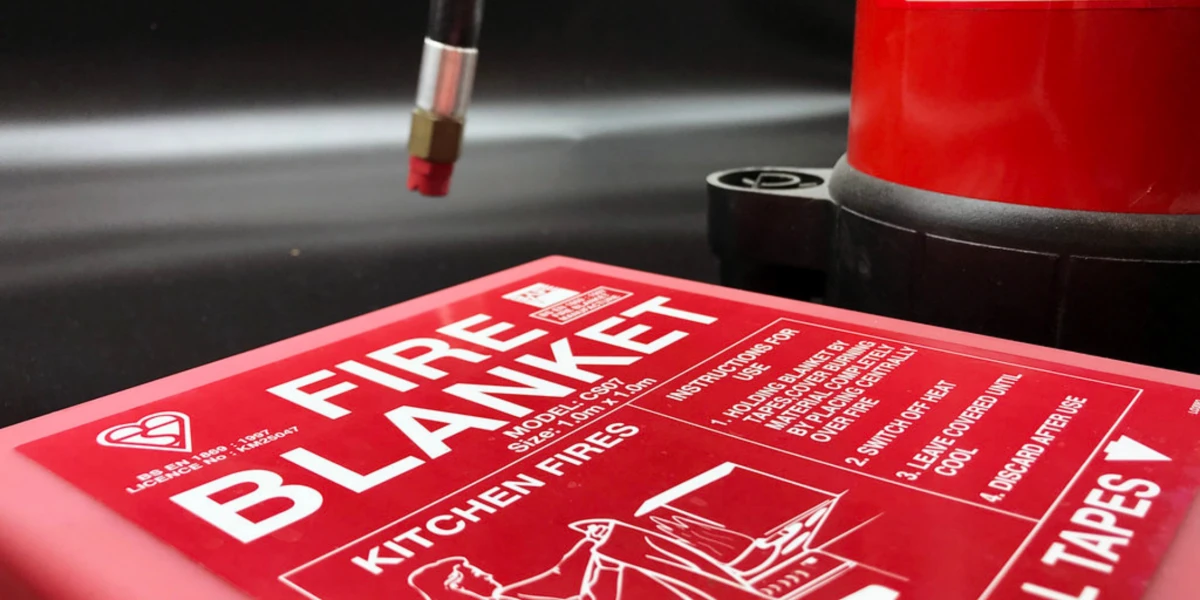
When it comes to fire safety there are a plethora of tools at your disposal. Among these tools, the fire blanket is a simple yet effective device that can be a lifesaver in the event of a small fire. These blankets can make a huge difference when dealing with small fires that can be quickly smothered. For instance, those involving cooking oils or clothing. This post delves into the world of fire blankets, when to use them and what types of fire blankets are available.
A fire blanket is a piece of fire-resistant material designed to extinguish small fires. Made from materials like fibreglass or specially treated wool, fire blankets are stored in a compact, easily accessible container. When deployed, the blanket can smother a fire by cutting off the supply of oxygen.
Fire blankets are invaluable tools in tackling small, contained fires. This makes them essential in various settings that are prone to fire hazards. These blankets are designed to smother flames by cutting off the fire’s oxygen supply, which is one of the main three elements needed for combustion. Understanding the specific scenarios in which fire blankets are most effective can help ensure they are used correctly and efficiently.
Knowing when to use a fire blanket is important for effective fire safety management. Fire blankets are specifically designed to handle small fires that are contained and manageable. This provides a quick and efficient method of extinguishing flames before they escalate into more significant emergencies.
One of the most common and hazardous types of fires occurs in the kitchen, often involving cooking oils and grease. These fires can ignite quickly and spread rapidly, posing a significant danger. A fire blanket is particularly effective in these situations because it can be deployed swiftly to cover the flames. When a pot or pan catches fire, you should pull out the fire blanket and carefully drape it over the burning vessel, ensuring that the flames are completely covered. This action starves the fire of oxygen, causing it to extinguish. Unlike water, which can cause oil fires to splatter and spread.
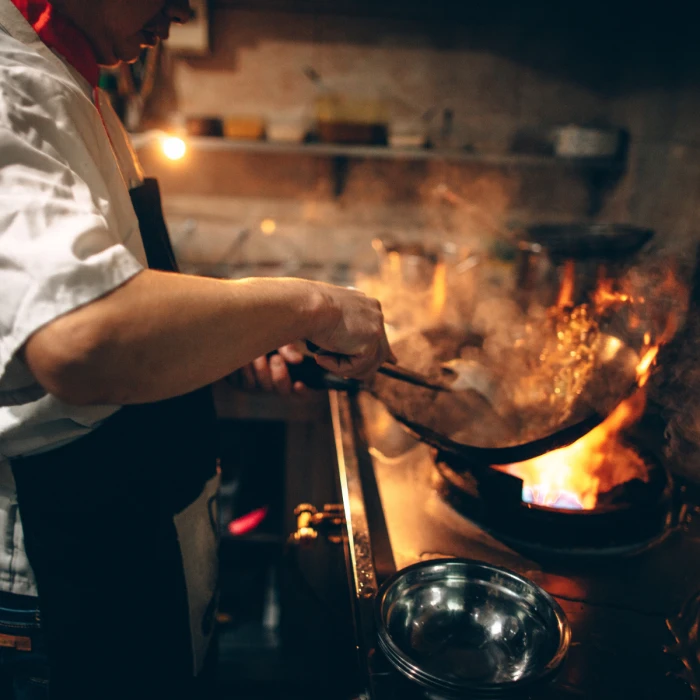
Another use for fire blankets is for extinguishing clothing fires. If someone’s clothing catches fire, it is vital to act quickly to prevent severe burns and injuries. Wrapping the person in a fire blanket is an effective way to extinguish the flames. To do this, the blanket should be wrapped around the individual, covering them completely and ensuring that all burning areas are smothered. The person should then be instructed to drop to the ground and roll, which further helps to put out the fire. This technique is known as "stop, drop, and roll," and the addition of a fire blanket increases its effectiveness. Fire blankets are designed to be gentle on the skin while being fire-resistant, making them suitable for direct contact in such emergencies.
While fire blankets should not be used for large electrical fires due to the risk of electric shock, they can be very effective for small electrical fires. For instance, if a small appliance, such as a toaster or a computer, catches fire, a fire blanket can be used to smother the flames before they spread. It is important to ensure that the power source is turned off before using the blanket to avoid the risk of electric shock. Carefully placing the blanket over the burning appliance will cut off the oxygen supply, extinguishing the fire.
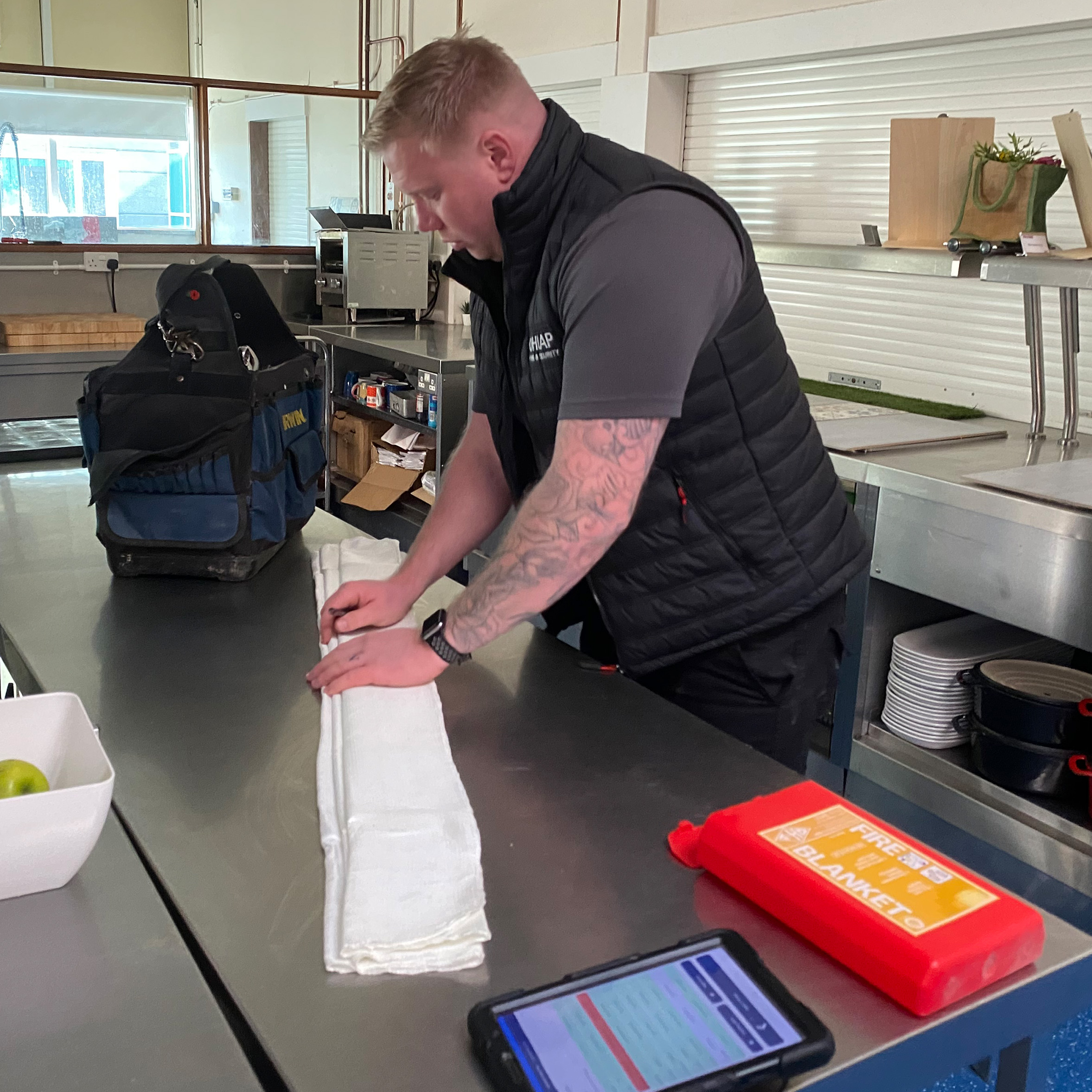
Ensuring that fire blankets are strategically placed in various locations is important for effective fire safety preparedness. These locations include both residential and commercial settings where fires may occur. Placing fire blankets in the correct areas allows for a quick and efficient response in the event of an emergency.
In residential settings, the kitchen is statistically the most common area where fires start. Quite often this is due to cooking mishaps involving oils, fats, or flammable materials. Placing a fire blanket in or near the kitchen, within easy reach, is highly recommended. Ideally, store the blanket in a location where it can be accessed quickly and without obstruction. For example, this may be on a wall-mounted cabinet or in a designated fire safety kit. By ensuring accessibility to a fire blanket in these areas, homeowners can promptly respond to small fires before they escalate.
Caravans and mobile homes present unique fire safety challenges due to their compact size and use of portable cooking appliances. Cooking in confined spaces increases the risk of fire incidents involving stoves or microwaves. Therefore, keeping a fire blanket easily accessible within the caravan is essential. Store it in a designated compartment or secure it in a location where it can be grabbed quickly in case of a cooking fire or other emergencies.
Educational institutions, such as schools and colleges, house facilities like science laboratories and kitchens that pose huge fire risks. Science experiments involving flammable chemicals or electrical equipment can potentially lead to fires if not managed properly. Equipping these areas with fire blankets ensures that students, teachers, and staff can respond effectively to small fires. Placing fire blankets in accessible locations within science labs and kitchens allows for immediate action in containing and extinguishing fires before they endanger occupants or cause significant damage. Schools should incorporate fire safety drills and training sessions to familiarise personnel with the proper use of fire blankets and other fire safety equipment.
Professional kitchens in restaurants are high-risk environments due to the use of open flames, hot cooking surfaces, and the preparation of flammable ingredients. The presence of oils and grease further increases the likelihood of fires breaking out during cooking operations. Having fire blankets readily available in restaurant kitchens is essential to mitigate these risks. Store fire blankets near cooking stations or in designated fire safety areas where kitchen staff can access them quickly in emergencies. Training restaurant staff in fire safety protocols, including the proper use of fire blankets, ensures a quick response to fires.
Choosing the appropriate fire blanket depends on several factors. It can depend on the size of the potential fire hazard, the environment where it will be used, and the specific requirements for fire safety.
Standard fire blankets are versatile and commonly used in residential settings, kitchens, and other environments where small fires are a risk. These blankets are typically around 1 metre by 1 metre in size, making them compact yet sufficient for covering small fires effectively. They are made from fire-resistant materials such as fibreglass. This material can withstand the heat of typical household fires involving cooking oils or clothing. Standard fire blankets are easy to handle and deploy. This makes them suitable for quick responses to emergencies without the need for specialised training.

In settings where larger fires may occur or where more extensive coverage is required, larger fire blankets are recommended. These blankets come in sizes larger than the standard 1 metre by 1 metre dimensions. This provides a greater surface area for extinguishing fires effectively. For instance, in industrial kitchens or larger home kitchens with multiple cooking stations, larger fire blankets offer enhanced coverage in handling fires of varying sizes. They are also suitable for environments where fire risks may be more diverse or where the fire hazards involve larger volumes of combustible materials. The larger size ensures that the blanket can cover the fire completely. Therefore, smothering it and preventing its spread before it becomes unmanageable.
Welding fire blankets are designed specifically for use in industrial settings where welding operations pose a significant fire risk. These blankets are made from heavier, more durable materials that can withstand higher temperatures generated during welding processes. They are often constructed from materials such as fibreglass coated with silicone. This combination provides superior heat resistance and durability compared to standard fire blankets. Welding fire blankets are larger in size and thicker in construction. This offers maximum protection against sparks, splatter, and heat from welding activities. They are essential safety equipment in welding workshops, fabrication facilities, and other industrial environments where hot work is performed.
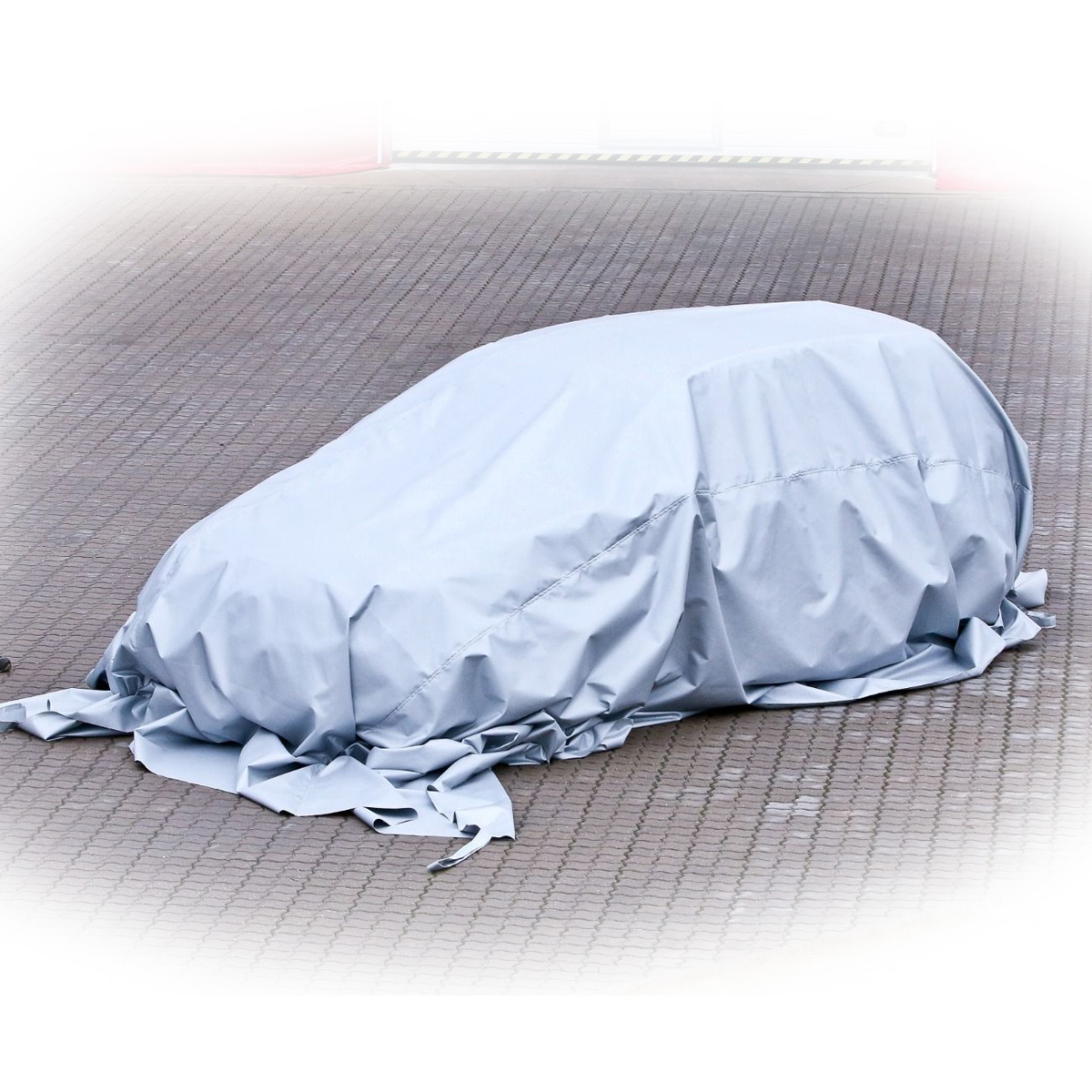
Using a fire blanket effectively requires understanding the correct technique. Fire blankets are designed to smother small fires by cutting off their oxygen supply, thereby extinguishing them safely and efficiently. Here is a detailed guide on how to use a fire blanket.
Fire blankets are typically stored in a compact, easily accessible container equipped with tabs or straps for quick deployment. In an emergency, pull these tabs firmly to release the blanket from its container. This action should be immediate and without hesitation, ensuring that the blanket is ready for immediate use.
Before approaching the fire, protect yourself by wrapping the edges of the fire blanket around your hands. This precautionary step shields your hands from the heat and potential burns, allowing you to handle the blanket safely during use. Ensuring your own safety is important before attempting to extinguish the fire.
Approach the fire cautiously and place the fire blanket over the flames carefully and deliberately. The goal is to completely cover the burning material or area with the blanket. Avoid throwing the blanket over the fire, as this can disturb the flames and cause them to spread. This can potentially worsen the situation. Instead, gently lower the blanket over the fire, using the edges wrapped around your hands to guide and position it effectively.
If the fire is related to a cooking appliance or any other heat source, attempt to turn off the equipment. However, make sure this can be done safely and without risk of injury. Cutting off the source of heat helps prevent the fire from reigniting or spreading after the blanket has been deployed.
Once the fire is covered by the blanket, leave it in place without removing it prematurely. The fire blanket works by smothering the flames and depriving them of oxygen. By keeping the blanket securely over the fire until it is completely extinguished, you ensure that the fire does not re-ignite. This step is crucial in preventing any residual flames from flaring up again.
Even if you have successfully extinguished the fire with a fire blanket, it is essential to contact emergency services immediately. Inform them about the fire incident, provide details of the location, and follow any additional instructions they may provide. Emergency services can ensure that there are no lingering hazards or risks associated with the fire. They can also provide further assistance or advice as needed.
The fire triangle consists of three elements necessary for a fire to burn: oxygen, heat, and fuel. A fire blanket removes the oxygen element by creating an airtight seal over the fire. Without oxygen, the fire cannot sustain itself and will eventually be extinguished.
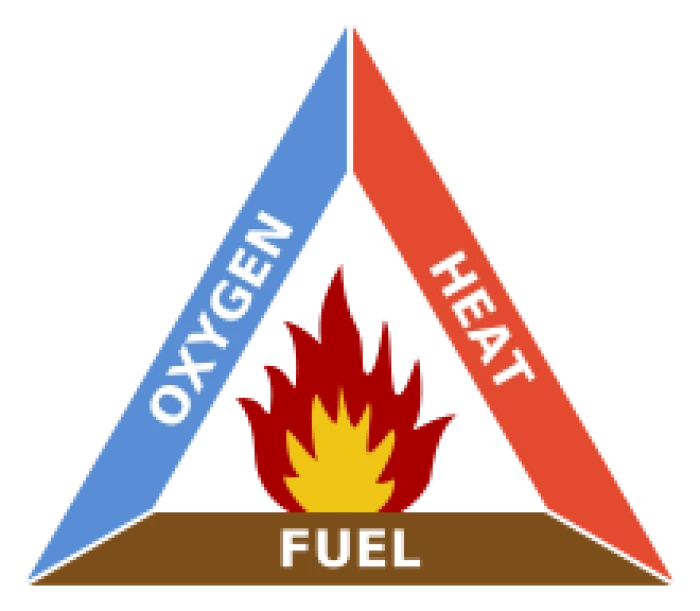
In the UK, it is essential to have fire blankets inspected annually to ensure they remain in optimal condition. Regular checks are important for identifying any signs of wear or damage that could compromise their effectiveness. To guarantee a thorough and professional inspection, it is recommended to use a BAFE qualified engineer from the Fire Protection Shop. These experts can provide a comprehensive assessment of your fire blankets, ensuring they meet all safety standards and are fit for purpose.
Fire blankets in the UK must meet British Standard BS EN 1869:2019. This standard specifies requirements for the performance, durability, and testing of fire blankets. Compliance with this standard ensures that the fire blanket is effective and reliable in extinguishing small fires. When purchasing a fire blanket, look for certification that it meets this standard to ensure you are getting a quality product.
Fire blankets typically have a long shelf life, often around 5 to 7 years. However, this can vary depending on the manufacturer and the conditions in which the blanket is stored. It is essential to check the manufacturer’s guidelines for the specific fire blanket you have. Regular inspections will also help determine if the blanket is still in good condition or if it needs to be replaced.
We use cookies to enhance your site experience. Choose your preferences below.
